AO Edited
Navajo Bridge
When it was built in 1929, this historic bridge was the only place to cross the Colorado River for 600 miles.
The beauty of the Colorado River was captivating to early explorers as its green-blue waters wound through the dramatic red canyons of northern Arizona. As a vital source of water in a rugged and desolate landscape in which few things could survive, the river seemed like a gift aiding their exploration—until they tried to cross it. It turns out there is only one place in hundreds of miles from which the river can be easily accessed from both sides, making travel in that area extremely difficult.
Prior to the completion of the Navajo Bridge in 1929, travelers between Utah and Arizona had to cross using Lee’s Ferry river crossing. Several months prior to the bridge’s completion the ferry sank in an accident, killing three men. Until the bridge was completed, there was no direct route between Utah and Arizona and travelers had to trek hundreds of miles around the canyon to cross the Colorado River.
When it was first built, Navajo Bridge was the only place to cross the Colorado River for 600 miles. The bridge was so significant that nearly 7,000 people in 1,217 automobiles attended the dedication ceremony. At the time it was the highest steel arch bridge in the world and quite the engineering marvel. Most importantly, it created a safe new travel route across the mighty Colorado River.
As automobiles and trucks became larger and heavier it became apparent the bridge had not been built to accommodate the size of these vehicles and wasn’t adequate. A new bridge was built just downstream from the existing bridge and dedicated on September 14, 1995. The historic bridge was converted to a pedestrian crossing.
California condors can sometimes be seen at Navajo Bridge in the early mornings. These majestic beauties are one of the world’s largest and rarest birds, and the largest flying land bird in North America, with a wingspan of 9-10 feet. The population in the Southwest was in serious decline by the early 1900s, with the last sighting of a wild condor in Arizona occurring in 1924. California condors were listed as endangered in 1967, and by 1982 the total population had dwindled to just 22 birds. The only hope to save these flying giants was to begin a captive breeding program and the last known wild California condor was captured as part of the program in 1987. The first captive California condors were released from the breeding program in California in 1992. In 1996 six captive California condors were released at the Vermilion Cliffs, not far from Navajo Bridge. As of December 2020, the total population had increased to 504, with 103 in Arizona.
Know Before You Go
The Navajo Bridge Interpretive Center is located on the west side of the bridge and includes a visitor center and bookstore. There is ample parking and both the center and pedestrian bridge are handicapped accessible.
The Antelope Trails Interpretive Marketplace is an outdoor market located on the east side of the bridge, which is within the Navajo Nation. There is ample parking.
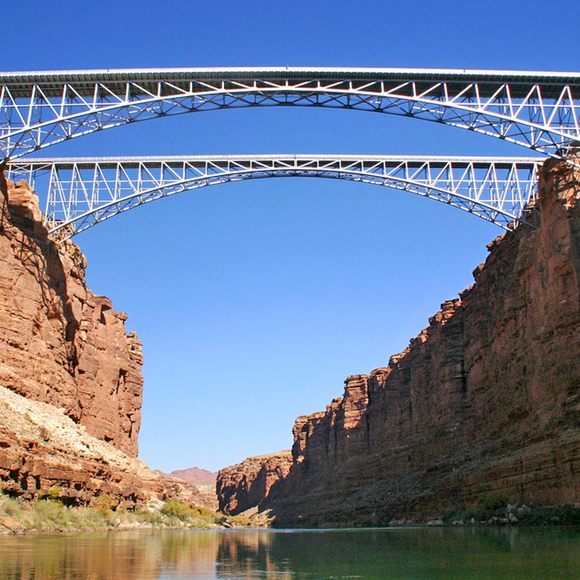


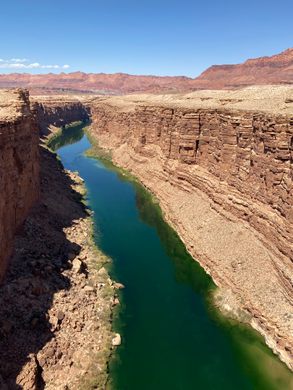
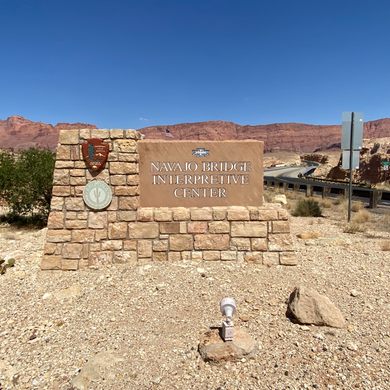
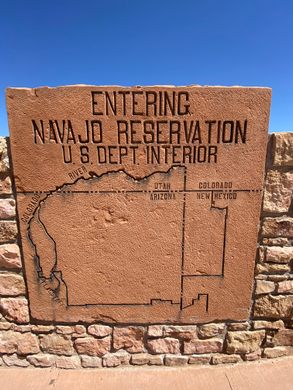
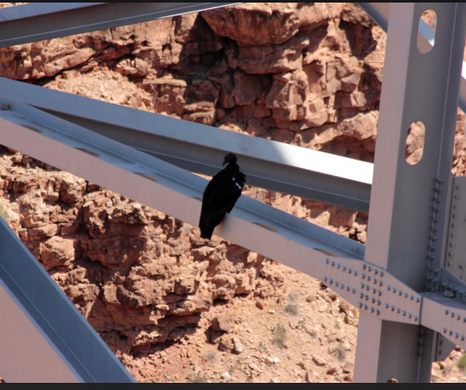
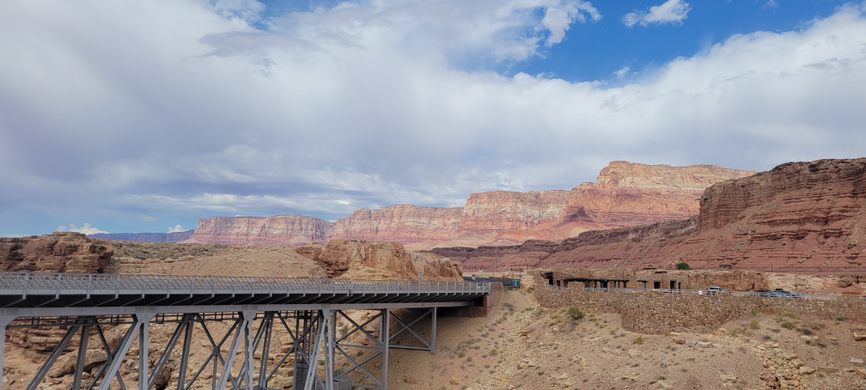

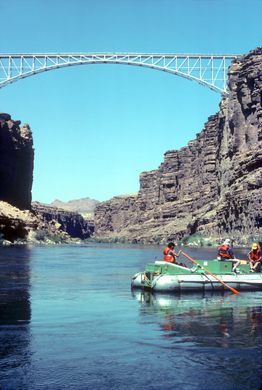
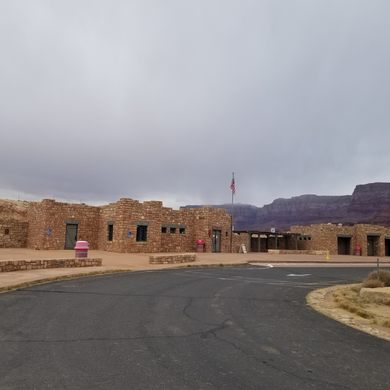
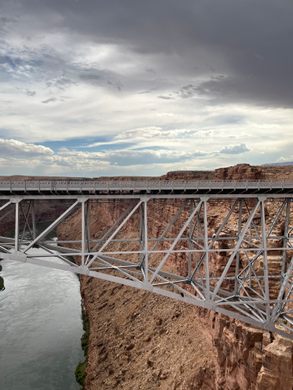








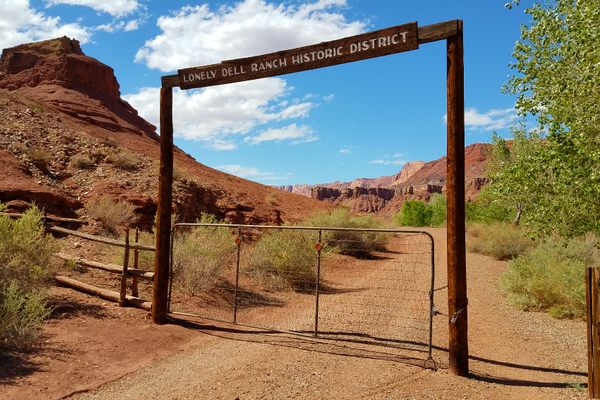






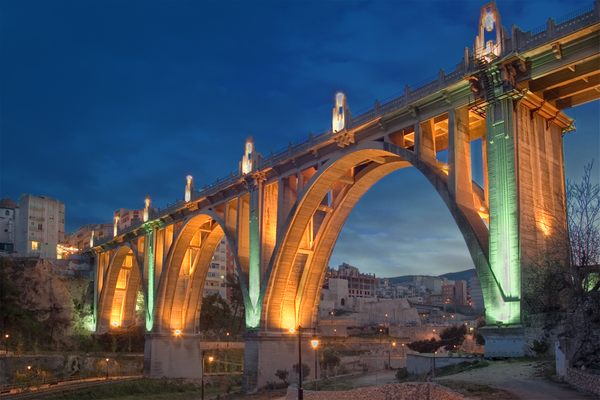

Follow us on Twitter to get the latest on the world's hidden wonders.
Like us on Facebook to get the latest on the world's hidden wonders.
Follow us on Twitter Like us on Facebook